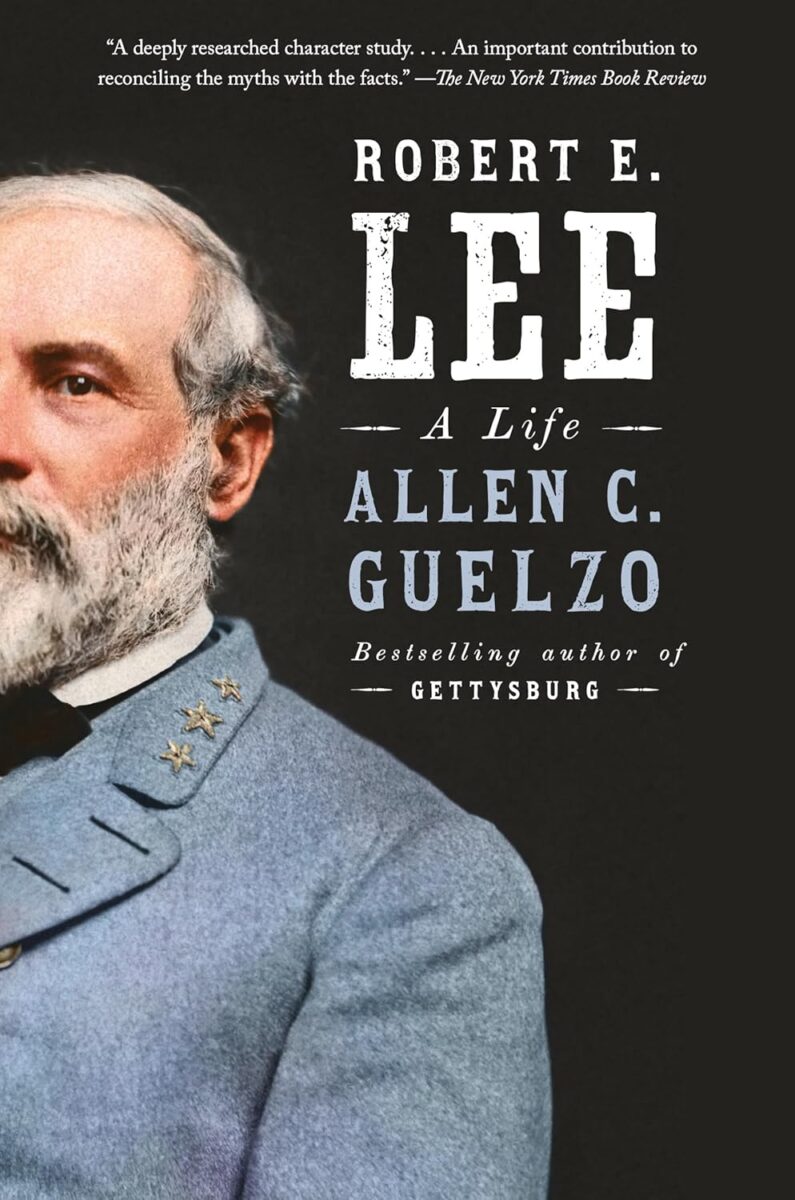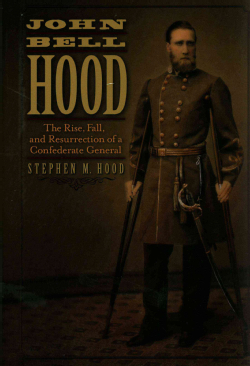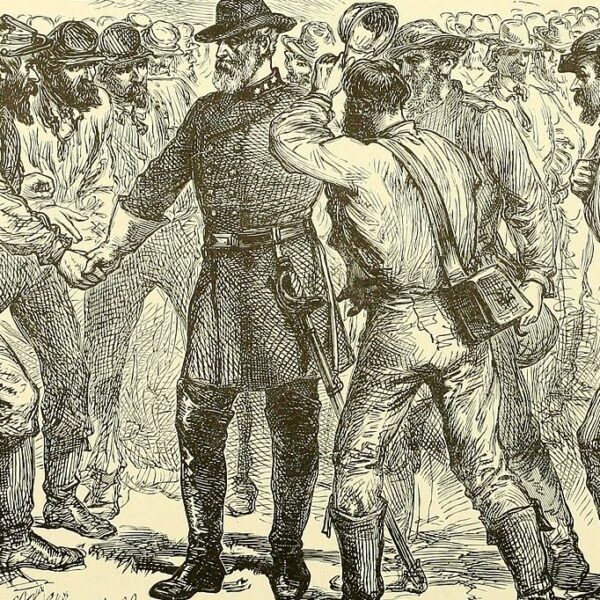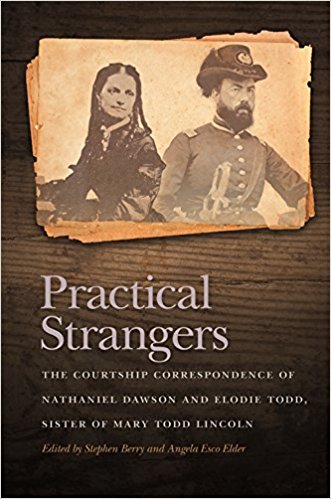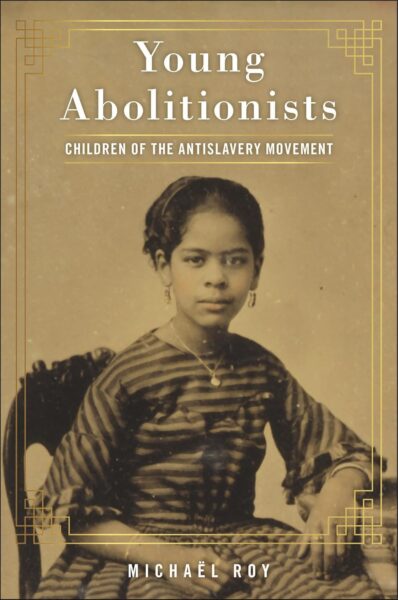“How do you write the biography of someone who commits treason?” asks Allen C. Guelzo, Senior Research Scholar at Princeton University and the distinguished author of some of this century’s finest books on the Civil War era. As it turns out, elegantly, comprehensively, and even-handedly.
I must confess that I was prepared to dislike this book. What new could possibly be said about Lee, except to paint him in the dark colors of a contemporary culture that disdains everything and everybody associated with the Confederacy? But the Lee that emerges from Guelzo’s pages rises above simplistic evaluation, reflecting the complexity of one of the central figures of the Late Unpleasantness.
Guelzo’s work might have been better titled, “The Life and Times of Robert E. Lee.” One of the great challenges of biography is to provide appropriate context while never losing sight of the protagonist. The author does a magnificent job of illuminating the world in which Lee operated, including attention to the extended Lee family that levied such a profound influence—good and bad—on the man.
Modern biography too often sinks into ill-considered efforts to psychoanalyze its subject, a pitfall that Guelzo largely avoids. He can’t resist however, suggesting that “Lee’s determination to not be Light Horse Harry [Lee’s dissolute father] fired his impatience and, in later years, his ferocious outbursts of temper at his own and others’ imperfections” (7). Similarly, the author finds a life-long conflict in Lee between his quest for security, independence, and perfection. Maybe, but for the vast majority of the book, Guelzo rests his conclusions on a laudably thorough canvass of newspapers, published primary and secondary sources, and a deep dive into the voluminous body of Lee’s own papers. For example, he provides a lucid description of no fewer than seven accounts of the momentous meeting on April 18, 1861, at which Lee received an unofficial offer to command the army being raised to squelch the rebellion. One glance at the bibliography demonstrates the level of scholarship that informs Guelzo’s work.
This is a complete biography, not merely an examination of Lee’s Civil War career. Only a third of the text focuses on Lee the general. The Seven Days, Second Manassas, and the Maryland Campaign, for example, are addressed in a single chapter. Readers looking for fresh analysis of Lee’s management of the myriad campaigns in which he engaged will be disappointed. Guelzo’s is a narrative history, and his accounts of Lee’s wartime exploits reveal the book’s only flaws. There are innumerable factual errors in the battle accounts that knowledgeable readers will find distracting. However, they are largely incidental and will go unnoticed by the literate general reader at whom this book is primarily aimed.
Lee’s relationship to the South’s “peculiar institution” draws Guelzo’s inevitable attention. The author does an exceptional job of describing the nuance of a man who had no particular affection for slavery, but who lived within its midst and acted within the confines of his social status. There is only the faintest whiff of the presentism that infects so much recent judgement of the people of the mid-nineteenth century.
One cannot avoid Guelzo’s frequent return to the theme of Lee’s treasonous behavior in drawing his sword against the army and country to which he had sworn allegiance. I suspect that no other aspect of this biography will elicit more reader reaction, so I shall leave it to them to decide whether the author posits a convincing case.
Still, Guelzo’s Lee is no pariah. Time and again we are reminded of the qualities that made Lee such an admirable figure to those who knew him and to subsequent generations of Americans.
The epilogue offers some of the book’s most valuable insights. Here, Guelzo provides a useful review of the Lee literature from the first biographies through the most recent works. It should be noted that the author makes no special attempt to debunk any of Lee’s previous chroniclers, and only rarely overtly challenges Douglas Southall Freeman’s hagiography. He also displays the courage to tackle the current controversies surrounding various Lee symbols across the country.
Throughout the entire narrative Guelzo writes with an eloquence unsurpassed by Civil War-era historians. This book can be enjoyed as pure literature in addition to its historical attributes. It is such a pleasurable read.
The publisher has provided a number of simple but accurate maps that help the uninitiated with the geography of Lee’s campaigns in Mexico and during the Civil War. There is also a fulsome photographic section illustrating the people and places that played a prominent role in Lee’s life, complete with helpful captions that add additional depth.
When I was asked to review this book, my first thought was “do we really need another biography of Robert E. Lee?” I can now say that if it is Allen Guelzo’s Robert E. Lee: A Life, then the answer is an unqualified “yes.”
A. Wilson Greene is at work on the second volume of a trilogy on the Petersburg Campaign.
Related topics: Robert E. Lee
